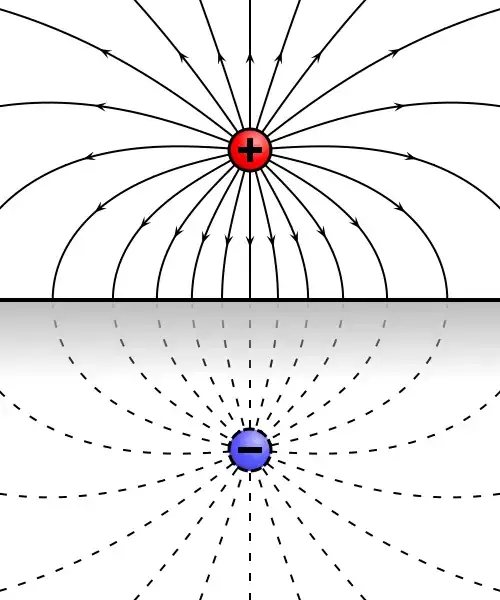This question is probably a duplicate of questions like these: Does a charged particle accelerating in a gravitational field radiate? or Does an classical charge that is stationary in a gravitational field radiate?
But unable to understand the mathematical solution on the radiation, I ask a corollary question:
Let us consider two identical (macroscopic) balls of mass $m$, one has an electric charge $q$ and the other one is electrically neutral. If both are held at a distance $h$ from the ground and later released to fall in free fall in a constant gravitational field, which ball reaches the ground first for an observer standing on the ground?
The classical point of view would describe that the radiating ball would reach the ground later because some of the potential energy is converted into radiation, while for the neutral particle all potential energy is converted into kinetic energy.
Of course, other answers have dealt with the question of whether or not radiation is emitted, but I am interested on whether the balls take the same time to reach the ground or not. I know that in a free falling frame, both balls will not radiate and both will "reach" $h=0$ at the same time. But what about from the perspective of somebody on the ground? I know that simultaneity might be lost between frames when dealing with relativity. Is this the case here?
